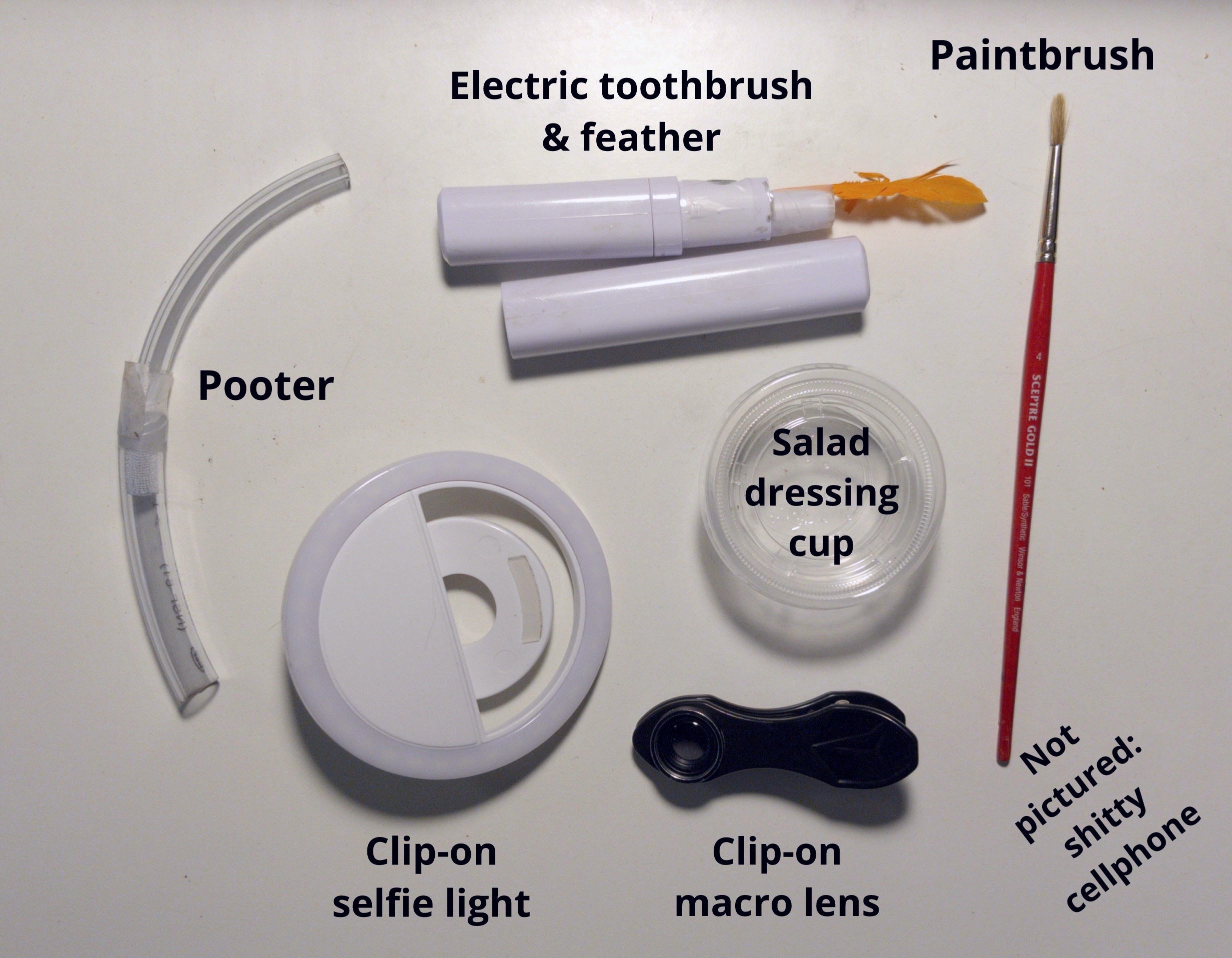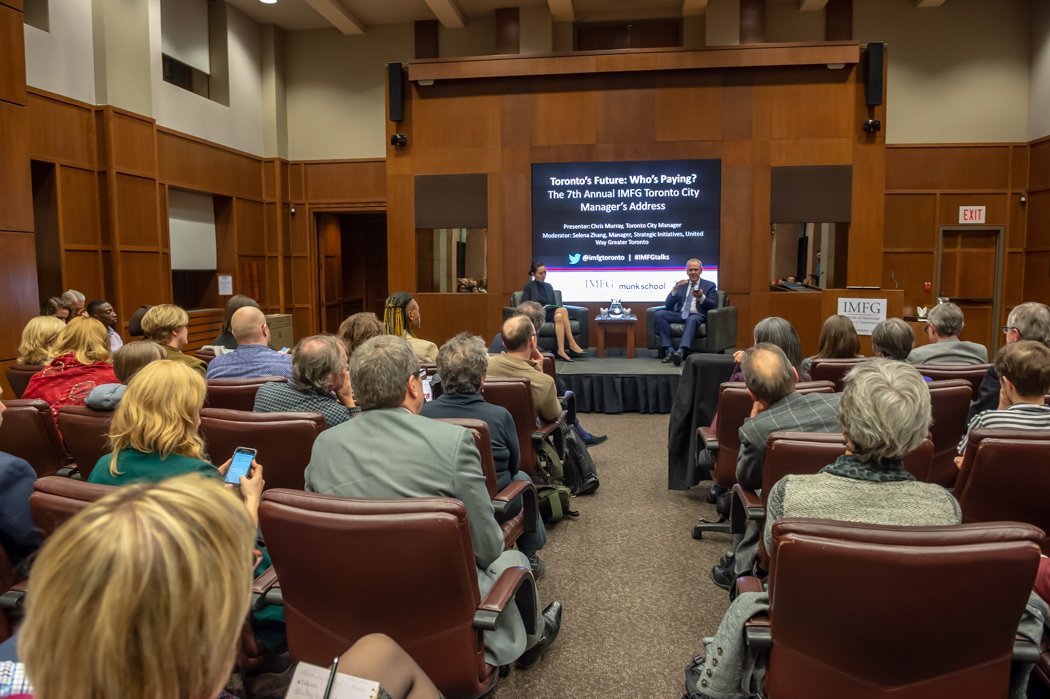My current web host is NearlyFreeSpeech.net, which seems to be rather unique as far as hosting companies go. It’s a decidedly do-it-yourself experience1 with pay-what-you-use pricing. And while it is not true VPS hosting, you can do VPS-like things with it via daemons. As far as I know, no one has yet tried running the lightweight fediverse platform GoToSocial on it, and I am pleased to report it is entirely possible. Here’s what I did. Continue reading Running GoToSocial on NSFN
Tag: tech
My spidering kit
You don’t need a DSLR, professional science equipment, or even a really expensive smartphone to get up close with spiders (or any other bugs). I’ve been using my cheap-ass smartphone and gear cobbled together from the dollar store for years. So, here’s what I’m using right now, as well as some recommendations for other stuff I’ve used in the past. Continue reading My spidering kit
Recap: The 2018 City Manager’s Address
Photo from @imfgtoronto.
“The iceberg is gone, global warming has taken care of that,” jokes new City Manager Chris Murray as he begins his speech.
The iceberg, a municipal budget infographic portraying the City of Toronto’s billions of dollars in approved but unfunded capital projects, had become a cult favourite among City Hall wonks—you know, the kind of people who have cult favourite municipal budget infographics. These are the kind of people who go to the IMFG‘s annual City Manager’s Address, which took place at the end of November. (Slides available here.) Continue reading Recap: The 2018 City Manager’s Address
Nightmare Rectangle Round-up: Anti-Fascism, Tech, #Arachtober
Header: reproduction of a Jewish Labour Bund election poster from Ukraine. Description of the original: “Poster stating ‘There where we live, there is our country! A democratic republic! Full political and national rights for Jews! Ensure that the voice of the Jewish working class is heard at the constituent assembly!’ Kiev, ca. 1918. The poster further urges Jews to vote for the Bund candidates, Slate 9, in an election following the Russian revolution, when non-Bolshevik parties were still being tolerated by the Communist regime. From the Archives of the YIVO Institute for Jewish Research, New York.”
The second installation of links I’ve been reading/sharing/whatever. Continue reading Nightmare Rectangle Round-up: Anti-Fascism, Tech, #Arachtober



